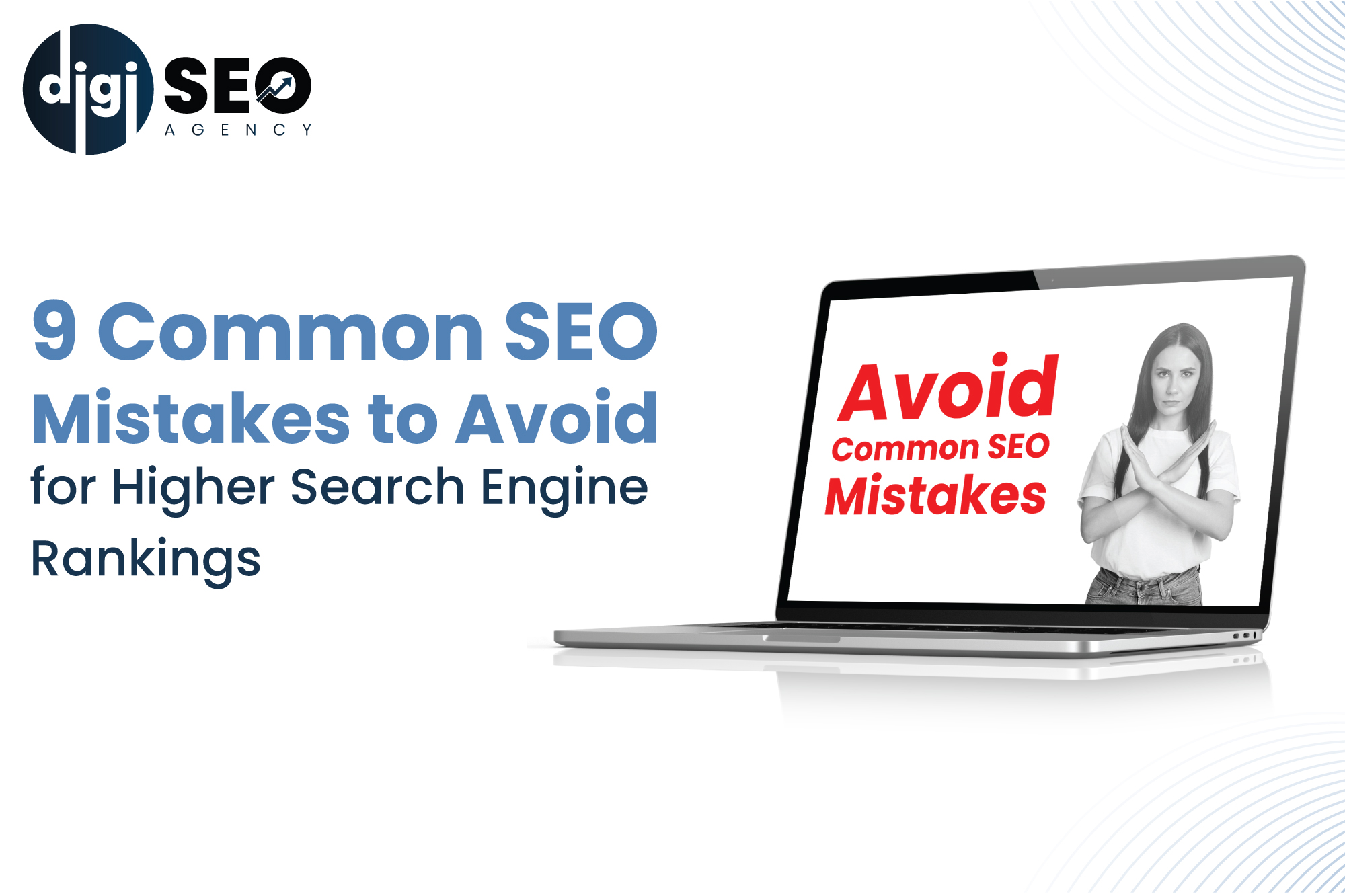10 Tips for Writing SEO-Friendly Content

In today’s digital landscape, creating SEO optimized content is crucial to standing out from the competition. Whether you’re part of an SEO agency or providing digital content support, understanding how to optimize content for search engines can make a significant difference in how your website ranks.
What Is SEO-Friendly Content?
SEO-friendly content is any type of online content that is designed to rank well in search engines like Google. It’s written and structured in a way that makes it easier for search engines to understand the topic, relevance, and value of the content.
This includes using relevant keywords naturally, writing compelling titles and meta descriptions, organizing content with headings, ensuring proper internal linking, optimizing images, and creating a mobile-friendly layout. The most important thing is that good SEO content actually helps readers, answers their questions, and keeps them on your page longer.
Why Is SEO-Friendly Content Important?
SEO-friendly content is essential because it helps your website rank higher in search engine results pages (SERPs), making it more visible to potential visitors. The higher your page shows up in search results, the more people will visit it without you needing to spend money on ads.
Here’s why it matters:
- Increases Organic Traffic: SEO content brings long-term, cost-effective traffic to your site.
- Good, organized content makes it easier for people to stay interested and stick around, which means fewer of them leave right away.
- Boosts Brand Credibility: High-ranking content positions your site as a trusted source in your industry.
- Supports Conversions: By answering users’ questions and guiding them through the buyer journey, it helps turn visitors into customers.
10 Essential Tips to Write SEO-Friendly Content
Learn how to craft content that not only ranks higher in search results but also engages readers and drives real results. These proven SEO best practices will help you boost visibility and conversions effortlessly.
Tip 1: Focus Your Topic to Match Search Intent
The first step to crafting SEO friendly content is understanding search intent. When people search for terms like digital marketing services or professional SEO solutions, they are looking for specific information or answers.
To get started, focus on how your audience is searching for your services. Tools like Keywords Everywhere or Ahrefs can help you explore search volume and variations of your target keywords. For instance, if people are searching for “best SEO company,” you know they want a list of top companies or agencies, not just general information about SEO.
Once you’ve identified the right search terms, create content that addresses that intent better than your competition. If none of the top results address the specific angle you’re aiming for, this could be an opportunity to fill the content gap with something fresh.
Tip 2: Don’t Forget Your H1, H2s & H3s
Your headings (H1, H2, H3) structure is important for both SEO and user experience. The H1 tag usually your blog post’s title should make it clear what the post is about and include your main keyword.
For example:
H1: Top SEO Company to Boost Your Website Rankings
H2: Why Choose a Professional SEO Partner for Your Digital Growth
H3: Benefits of Hiring Experts for SEO and Content Strategies
This structure not only makes content easier for users to navigate but also helps search engines understand the layout and importance of different sections.
Tip 3: Make sure your reader has a clear reason to keep reading.
The most successful blogs start with a hook something that immediately grabs attention. For example, if you provide content writing services, start with a strong statement about how professional content can help brands grow online.
Once you’ve captured the reader’s interest, continue offering value. Address real challenges like how strategic SEO helps local brands gain better visibility. This approach keeps readers engaged and encourages them to explore more of your content.
Tip 4: Answer Basic Questions
When writing SEO-friendly content, it’s essential to answer common questions related to your topic.
For example, in a post about digital marketing or writing services, you could answer:
- What are SEO and content services?
- Why should companies invest in professional content or optimization?
- How does quality content improve search engine rankings?
Answering such foundational questions helps both your audience and search engines better understand the value and scope of your content.
Tip 5: Prioritize Readability
User experience is a top priority for search engines, and readability plays a big role in that. To enhance readability:
- Keep sentences short and clear
- Break up text into manageable paragraphs
- Use bullet points to structure information
These simple tactics help increase engagement and time on site, which positively impacts rankings.
Tip 6: Optimize for Mobile Users
With mobile-first indexing in play, it’s essential that your website content is mobile-friendly.
This includes ensuring responsive design, fast loading speeds, easy navigation, and legible fonts across all devices. Optimizing for mobile users is no longer optional it’s a must if you want to stay visible in search results.
Tip 7: Use Rich Media and Visuals
Using images, videos, or infographics can really boost how interested and engaged for instance, if you’re explaining how SEO works, include a video tutorial or an infographic showing the SEO process.
Make sure to add descriptive alt text with relevant keywords so search engines can understand your visual content—this also improves your chances of appearing in image search results.
Tip 8: Link Internally with Strategy
Internal linking guides users to other relevant pages and helps distribute link equity across your site.
For example, if you’re discussing optimization strategies, link to other related articles or case studies that dive deeper into those methods. Linking to related content within your site helps users find more info easily and also gives your SEO a nice boost.
Tip 9: Finish Strong
Wrap up your blog with a strong, clear message that leaves a lasting impression on your reader. Instead of just summarizing, leave readers with a key takeaway or a call to action.
For example, invite them to explore your portfolio, request a quote, or subscribe to your newsletter for more insights. A strong conclusion reinforces your authority and nudges readers to take the next step.
Tip 10: Monitor and Update Content Regularly
SEO is dynamic. What ranks well today might not work tomorrow. Regularly review your content to ensure it reflects current trends, updated stats, and recent developments.
Keeping your blog fresh not only improves your rankings but also positions you as a trusted, up-to-date source of information. A consistent SEO content strategy can make all the difference.
Conclusion
Crafting SEO-Optimized Content isn’t just about optimizing for search engines; it’s about providing value to your audience. Whether you offer SEO content writing services or are refining your overall SEO content strategy, following these 10 tips rooted in SEO best practices will help your content resonate with readers and rank effectively. If you’re ready to elevate your strategy, explore how expert SEO services can boost your visibility and help you stay ahead in a competitive digital landscape.


